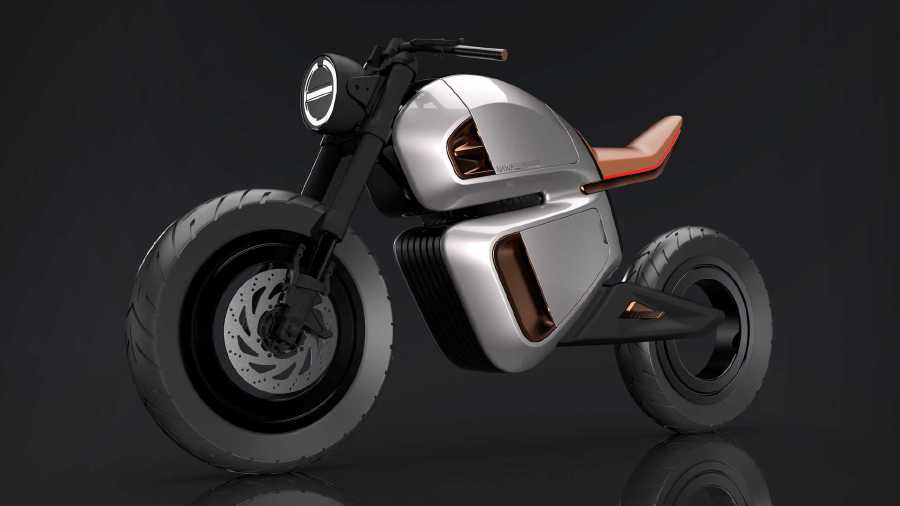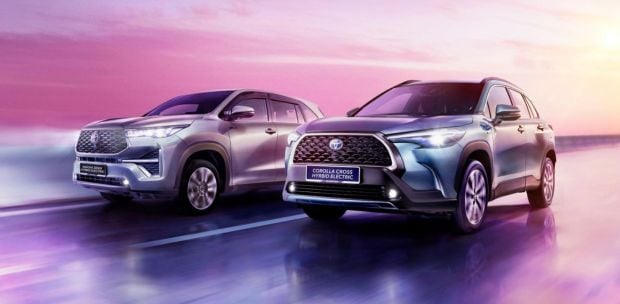THE automotive community couldn’t help but tune into the recent highs and lows of the 2020 Consumer Electronic Show (CES).
Between the high of Sony’s unveiling of its Vision S concept car and the low of Ivanka Trump’s controlled keynote address, some well-known brands unveiled their automotive gems.
Sony definitely took entertainment on a ride with the Vision S, where its ultra-wide panaromic screen doubles as an information and entertainment hub.
The electric machine may never make it to mass production but the potential of having powerful image sensors that can analyse the road in front of the vehicle and aid the assisted-driving system is a signal of Sony’s direction moving forward.
Mercedes-Benz took inspiration from the film “Avatar” to come up with VISION AVTR, a vehicle that comes with sphere-shaped wheels and bionic flaps on its body. Not only is the design inspired by nature, the battery is also made from compostable and recyclable materials.
Fiat Chrysler Automobiles (FCA) presented the Chrysler Airflow Vision, an essentially lowered sport utility vehicle with a seamless body all the way down to its four wheels.
The concept vehicle has slimmed down seats that deliver more head and leg room.
Meanwhile, customisation is the base of Fiat’s Centoventi modular concept car, where owners may choose the components they want to be part of the vehicle.
With its name marking the carmaker’s 120th year of establishment, Centoventi allows for switching of the roof panel, bumpers and interior accessories.
Honda feels the future should be about simplifying driving and, thus, its concept car offers augmented driving where acceleration is a simple push or pull of the steering wheel.
The topless buggy-like machine jumps to life simply by tapping the disc-shaped steering wheel twice.
Self-driving is taken to Level 4 with the Toyota LQ Concept and Audi:ME, with both cars able to take care of the driving in specific areas such as highways.
Audi also has AI:con, which delivers fully autonomous movement with Level 5 functionality.
Apart from self-driving, ride-hailing was also on the minds of the movers and shakers of the automotive industry.
Last year’s concept by Mercedes-Benz Vision Urbanetic offered a sample for transporting multiple passengers while the fully autonomous Volvo 360c letting its passenger sleep throughout the entire trip.
This year, BMW responded by introducing the i3 Urban Suite Concept, limo for one that delivered a glimpse of private ride-hailing with personal screen and sound zone as well as footrest.
Byton’s M-Byte, which debuted at CES 2018 as a concept car, made it back in its near-production version. The company said the “production ready” vehicle had gone through major upgrades in terms of firmware; this time to include video streaming, digital radio and even work-friendly applications such as video conferencing.
Other concept cars tagged with an estimated release dates are the Audi e-tron Sportback Quattro, which will be released later this year, Nissan Ariya (2021), Fisker Ocean (2022), Jeep Compass 4xe (2022), Jeep Renegade 4xe (2022) and Jeep Wrangler 4xe (2022).

MAJOR MOVERS
There was also a mix of the bigger vehicles at the show, some as sedate as Nissan’s electric ice-cream van (that didn’t come with ice-cream, based on what we could see) and Ford’s self-driving delivery van. But there were a few that promoted goods and people movement with a touch of electrification and self-driving/autonomous driving elements.
The Bosch IoT Shuttle, for example, is a complete ecosystem of networked mobility services while the fully autonomous Toyota e-Palette offers an open control interface system, allowing companies to install their own automated driving system.
The more stylish Hyundai Purpose Built Vehicle (PBV) is a modular transporter with an underbody that can expand from four to six metres. To match, its upper body can be made-to-order to suit the needs of its owners.
But the company’s S-A1 garnered the most attention. The S-A1, Hyundai’s first fully-electric concept Personal Air Vehicle for Urban Air Mobility, may be buzzing in the sky from 2023.

PERSONAL MOBILITY
Take a wheel away and you’ll get the China-made TQi-GT electric scooter, Niu’s answer to congestion in over-populated cities.
The three-wheeler employs a roof and has autonomous driving and self-parking functionality.
Take another wheel off and you’ll get two-wheelers like the Nawa Racer e-bike. This model offers a hybrid battery that is a combo of your regular lithium-ion and Nawa’s own ultracapacitors called NAWACap that deliver energy efficiency and reduced charging time.
The Cake Osa+ electric bike may not look like much but it is a modular vehicle that can offer typical riding and off-road capabilities.
With its quick-release clamps, you can add in cargo racks, rack or passenger seat with ease. This Swedish product will be available for the market in the next few months.
Segway-Ninebot S-Pod is another scooter that has been described as a personal transporting pod. It comes with a navigation pad and users can accelerate at speeds up to 40kph.





